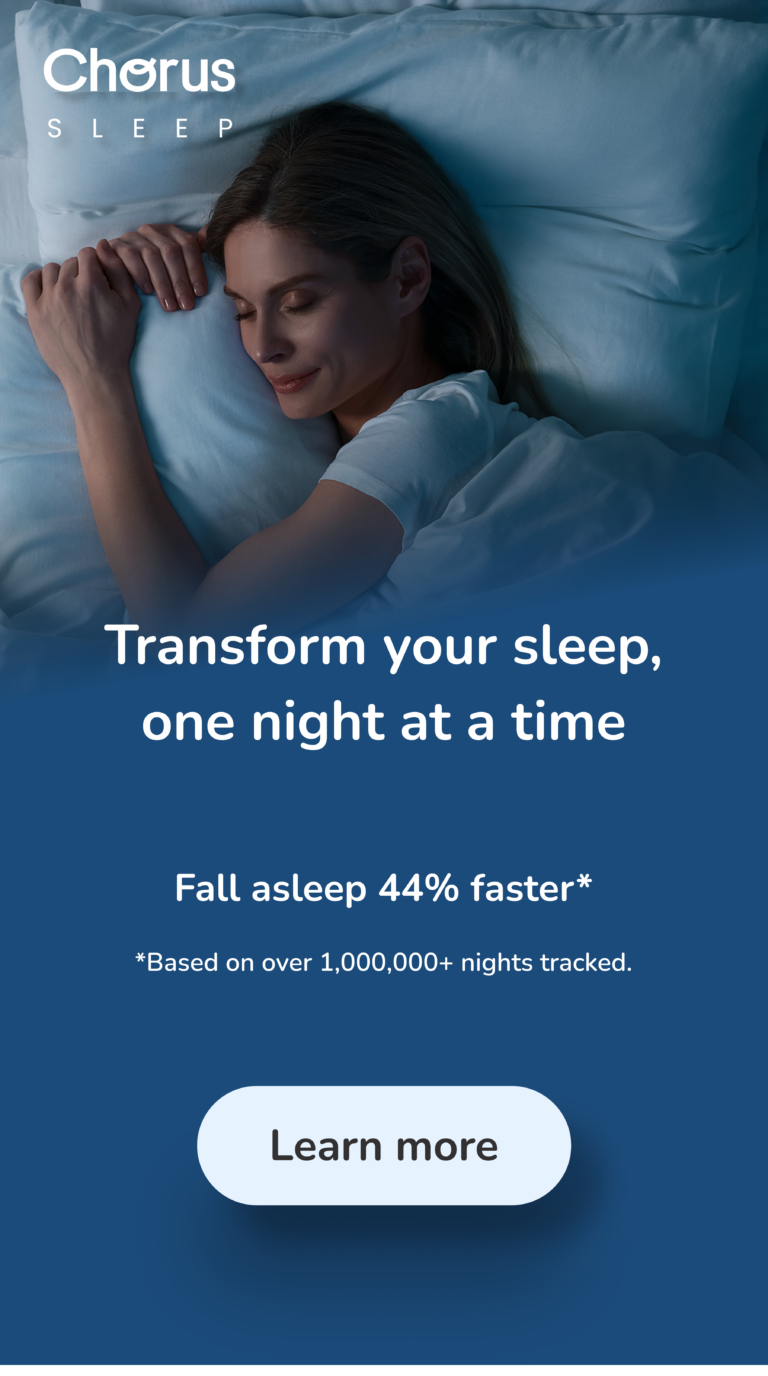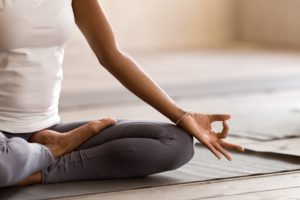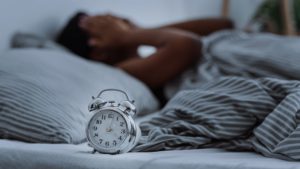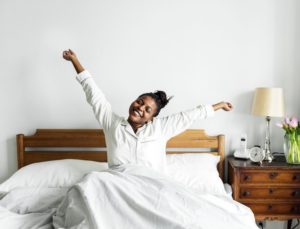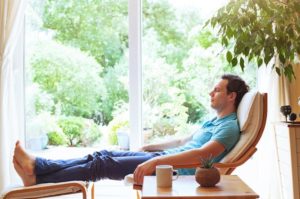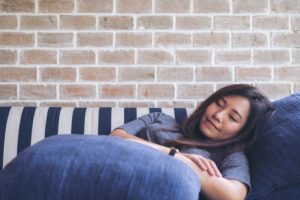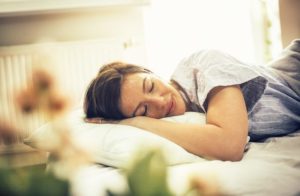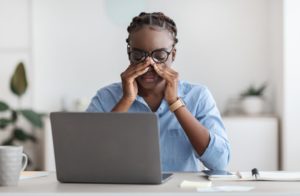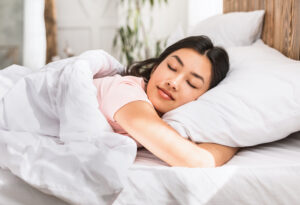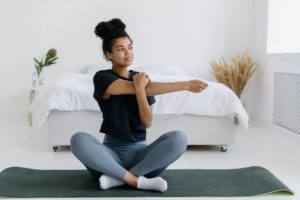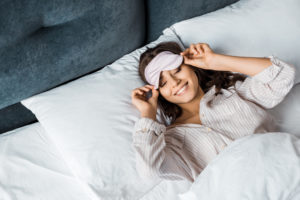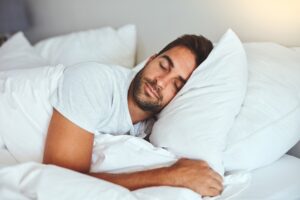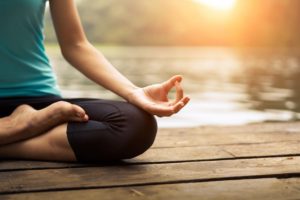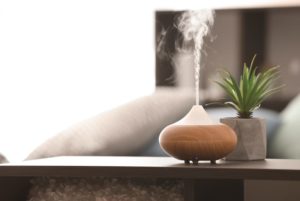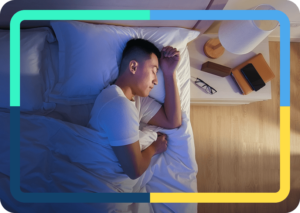When you buy through our links, we may earn a commission. Products or services may be offered by an affiliated entity. Learn more.
How to Fall Asleep Fast: 5 Tested Strategies
Relaxation is key to falling asleep fast. Becoming relaxed prepares your body and mind to drift off to sleep. Several activities in particular can help promote sleep, including meditation, breathing exercises, and guided imagery.
While your specific characteristics and needs can influence your sleep patterns, practicing a few of these proven methods may help you more quickly achieve restful sleep.
1. Peaceful Music
A noisy setting can make it difficult to quickly achieve restful sleep. In addition to reducing any unnecessary or bothersome sounds, you may find that listening to soothing music helps you relax and block out external noises.
Consider preparing a playlist that aligns with an ideal 15 to 20 minute sleep latency window and listen each night to create a routine for yourself. If you find music too distracting, some people also tout the benefits of white noise for sleep.
2. The Military Method
Members of the military often have inconsistent schedules and less-than-optimal sleeping conditions, which can affect their sleep patterns . The military method is a technique developed to help soldiers achieve sleep in two minutes. This process includes the following steps:
- Assume a comfortable position and relax each part of your face.
- Allow your arms to rest at your sides, dropping your shoulders first.
- Begin taking deep breaths to relax your chest and the rest of your torso.
- Start relaxing your lower half, working your way from your hips down through each part of your leg to your feet.
- Visualize a peaceful setting to set your mind at ease, such as beautiful countryside. If you experience any intrusive thoughts, recognize them and try to move beyond them.
Is Your Sleep a Problem?
If you’re struggling to sleep, there are a variety of issues that may be at play. Answer three questions to understand if you should be concerned.
3. Progressive Muscle Relaxation
Progressive muscle relaxation uses breathing techniques combined with muscle contraction and release to alleviate bodily stress. By gradually working through all the major muscle groups, progressive muscle relaxation aims to promote relaxation. This process includes the following steps:
- Lie in bed, close your eyes, and begin slowly inhaling and exhaling deep breaths.
- Tense your face muscles for 10 seconds. Release the tension and take several deep breaths.
- Next, tense your shoulder muscles for 10 seconds before releasing. Inhale and exhale deeply.
- Repeat these steps for other muscle groups throughout your body, starting with your shoulders and continuing through to your feet. Omit any areas where you feel pain.
4. Guided Imagery
Recalling a serene memory or imagining a peaceful setting can help reduce the stressors of the day to prepare your mind and body for sleep. Methodically visualize your stress leaving the body as you embrace each sensory detail of your imagined scene. Take slow, deep breaths and focus on the details, including sights, sounds, and smells to immerse yourself in the calming space.
You may find it helpful to use a pre-recorded soundtrack to direct your thoughts. Luckily, guided imagery soundtracks are widely available online.

5. Meditation
Practicing meditation techniques for restful sleep may help you drift off faster. Mindfulness meditation in particular has shown promising results for improving sleep.
The core tenets of mindfulness meditation include bringing about relaxation by focusing on the present and letting go of judgment. When practiced at bedtime, mindfulness may help reduce anxiety and make it easier to let go of negative emotions in preparation for sleep.
When initially beginning meditation methods, you may find it takes longer to reach a state of relaxation. As you become more familiar with the process, you can begin to relax more quickly and fall asleep. Talk to your doctor before starting meditation if you have a history of trauma, or if you find that meditation brings up painful or difficult thoughts.
How Long Should It Take to Fall Asleep?
Sleep latency refers to the amount of time it takes to fall asleep. A healthy sleep latency period typically ranges from 15 to 20 minutes. This period does not include pre-sleep bedtime habits such as showering, brushing your teeth, or meditating, but rather the time spent trying to sleep once you are in bed.
Taking less than 10 minutes to fall asleep may indicate that you are sleep-deprived. On the other hand, taking too long to fall asleep is considered a symptom of insomnia and may be a marker of unhealthy sleep.
Sleep latency also affects sleep efficiency, a marker of sleep quality that describes the amount of time spent sleeping versus lying in bed. By definition, individuals who experience longer sleep latency periods have less efficient sleep.
Additional Tips for Better Sleep
A common trait among many people with insomnia is difficulty shutting off worries, which prevent them from fully relaxing. Similarly, people who have trouble falling asleep may show heightened physical signs of stress, such as tense muscles, a higher temperature, and a quicker heartbeat.
As part of your bedtime routine, set aside time for relaxing techniques that work for you and your sleep habits. Achieving better sleep may require making changes to your overall lifestyle and sleep routine, a concept known as sleep hygiene. Examples of good sleep hygiene habits include:
- Sticking to a consistent sleep and wake schedule
- Reducing caffeine, nicotine, and alcohol intake
- Avoiding electronic devices in the leadup to bedtime
- Ensuring that you have a quiet, dark, and comfortably cool sleep environment free of distractions
- Keeping naps to 30 minutes or less and not too close to bedtime
- Using the bedroom for sleep and sex only
- Going to another room if you cannot sleep after 20 minutes, and only returning to bed once you feel sleepy
- Choosing appropriate bedtime snacks
If you still have trouble falling asleep after making these changes, consider consulting a healthcare professional. You might have a sleep disorder or another underlying condition that is interfering with your sleep. Your doctor can help identify the issue and work with you to develop a treatment plan.
References
5 Sources
-
Good, C. H., Brager, A. J., Capaldi, V. F., & Mysliwiec, V. (2020). Sleep in the United States Military. Neuropsychopharmacology, 45(1), 176–191.
https://pubmed.ncbi.nlm.nih.gov/31185484/ -
Ong, J. C., Manber, R., Segal, Z., Xia, Y., Shapiro, S., & Wyatt, J. K. (2014). A randomized controlled trial of mindfulness meditation for chronic insomnia. Sleep, 37(9), 1553–1563.
https://pubmed.ncbi.nlm.nih.gov/25142566/ -
Kirsch, D. (2021, November 8). Stages and architecture of normal sleep. In S. M. Harding (Ed.). UpToDate.
https://www.uptodate.com/contents/insufficient-sleep-evaluation-and-management -
Reed D.L., & Sacco W.P. (2016) Measuring sleep efficiency: What should the denominator be? Journal of Clinical Sleep Medicine, 12(2): 263–266.
https://pubmed.ncbi.nlm.nih.gov/26194727/ -
Lemyre, A., Belzile, F., Landry, M., Bastien, C. H., & Beaudoin, L. P. (2020). Pre-sleep cognitive activity in adults: A systematic review. Sleep Medicine Reviews, 50, 101253.
https://pubmed.ncbi.nlm.nih.gov/31918338/



